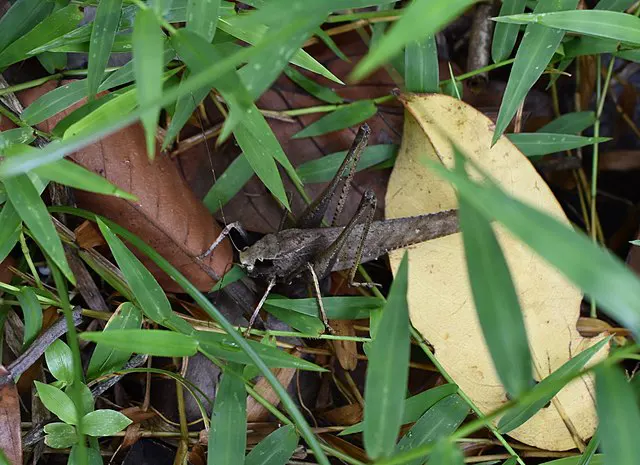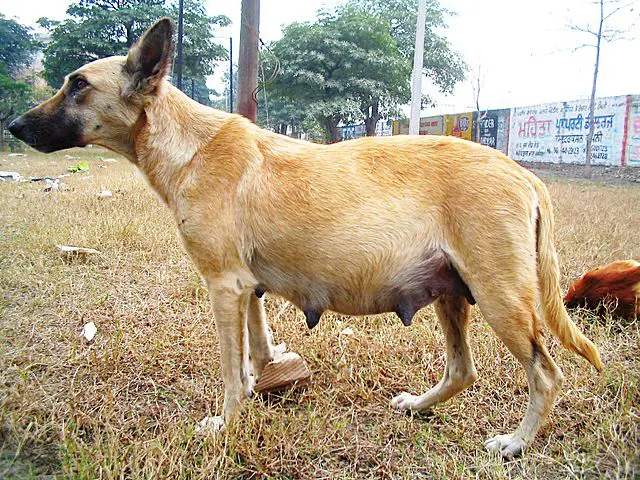Acheta domesticus, the insect’s scientific name, is another term for crickets, which are renowned for their high jumping skills and trilling, chirping noises. Some individuals keep crickets as pets. Most frequently, they are kept inside the house to serve as prey for reptiles. Crickets can be purchased in large quantities from pet stores or, with the right setup, can be bred at home.
What Do Crickets Eat?
Omnivores include crickets. This means that, in addition to protein, a cricket’s natural diet includes vegetables, meat, grains, and produce. Crickets will eat a variety of foods in the wild, such as insect larvae, aphids, flowers, seeds, leaves, fruit, and grass.
Your reptile will receive the most nutrient-dense meal if your feeder crickets are in good health. They should receive the same nutrients from their diet in captivity as they would in the wild.
Remember that whatever you give your crickets will also feed your other pets, such as a gecko, snake, or bearded dragon, if you are keeping insects as food for them. “Gut loading” refers to the practice of giving prey bugs healthy food. You can choose from a range of wholesome items to feed your crickets, including:
- Fruits like oranges, apples, and bananas
- Vegetables, such as leafy greens, potatoes, and carrots,
- Alfalfa, wheat germ, and rice cereal are examples of grains.
- Fish flakes, dry cat food, dry dog food, and reptile food are examples of further packaged pet foods.
- specially formulated commercial cricket food.
If you just feed your crickets whole fruits, veggies, and grains—no additional pet food—you need to give them some sort of nutritional supplement to make up for any dietary gaps.
How To Feed Your Crickets
Make sure that the food and water available to your crickets are always fresh. The amount of food that crickets eat will adjust on its own. It’s not necessary to weigh out meals exactly. Verify that your crickets still have access to lots of food and water at least every two days. The cage can include whole fruits and vegetables. Dried pet meals and grains can also be served in shallow bowls or lids.
When feeding crickets, there are a few basic practices to remember. These will ensure that your crickets stay as healthy as possible and give your reptile a wholesome diet. You should make sure your crickets have safe access to food and water, as well as a home environment free from mold and humidity.
For crickets to grow, there needs to be adequate airflow and fresh food. Your crickets could perish if the humidity is too high. It is advised to keep your crickets in a terrarium or deep container with a lid for proper ventilation. Crickets prefer a temperature range of 70 to 75 degrees Fahrenheit.
One-half of the habitat should be set aside for food and water to maintain it as hygienic as possible for your crickets. Make periodic checks to ensure that the food is still fresh and mold-free. The regular provision of grains and dried pet food is possible. This should be given out less frequently because fresh produce will mold more quickly.
Creating a Secure Environment for Eating and Drinking
Because they are not very tall, crickets can easily drown if the water they drink is too deep. Consider placing some water, a few small rocks, or aquarium stones inside a shallow lid from a yogurt container to provide a secure drinking environment for your crickets. This will give the crickets a secure foothold on the pebbles and a safe route to obtain their drinking water.
Some cricket keepers would place cotton balls in the habitat after submerging them in water. This gives insects a secure way to drink water. In order to prevent grains and dry food from becoming wet and becoming more susceptible to mold, it is advised to keep the food supply isolated from the water source.






